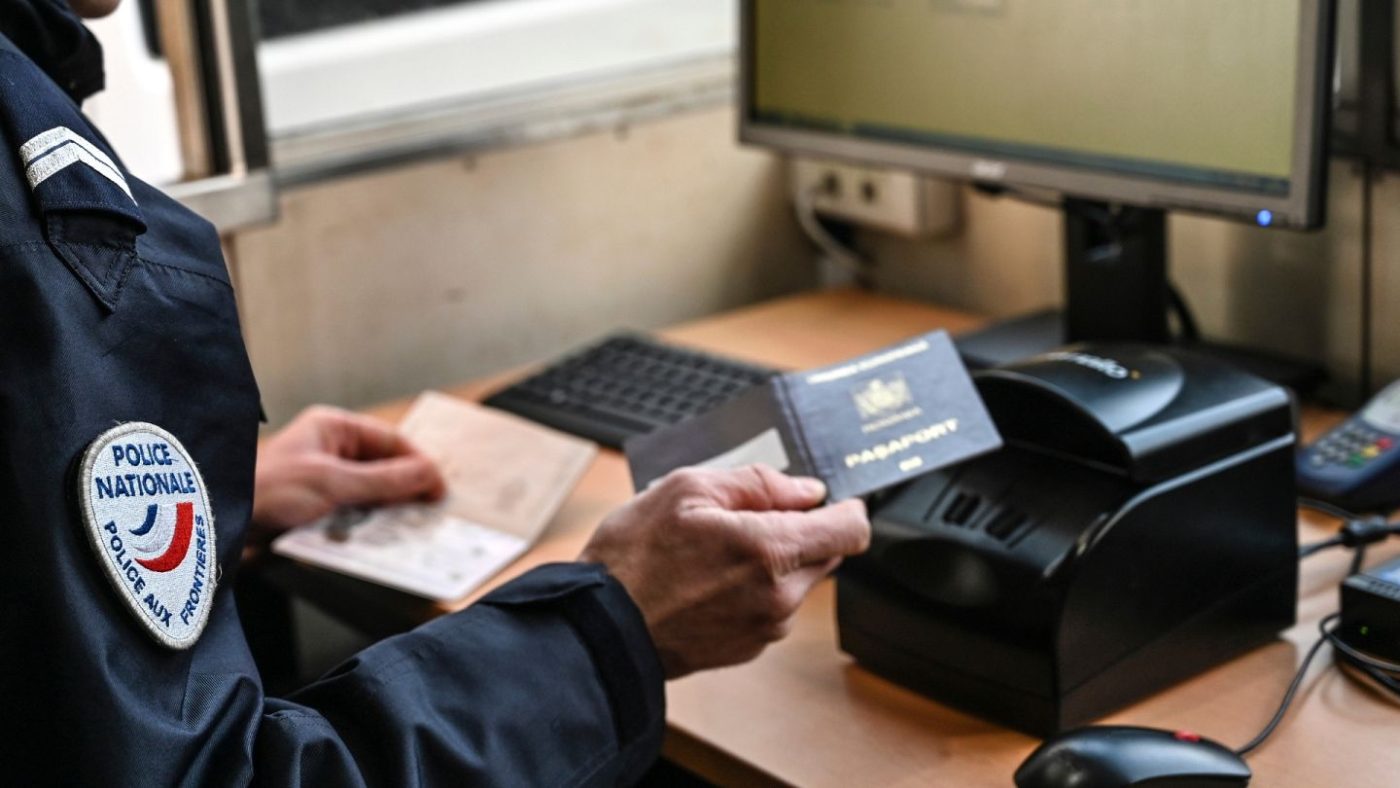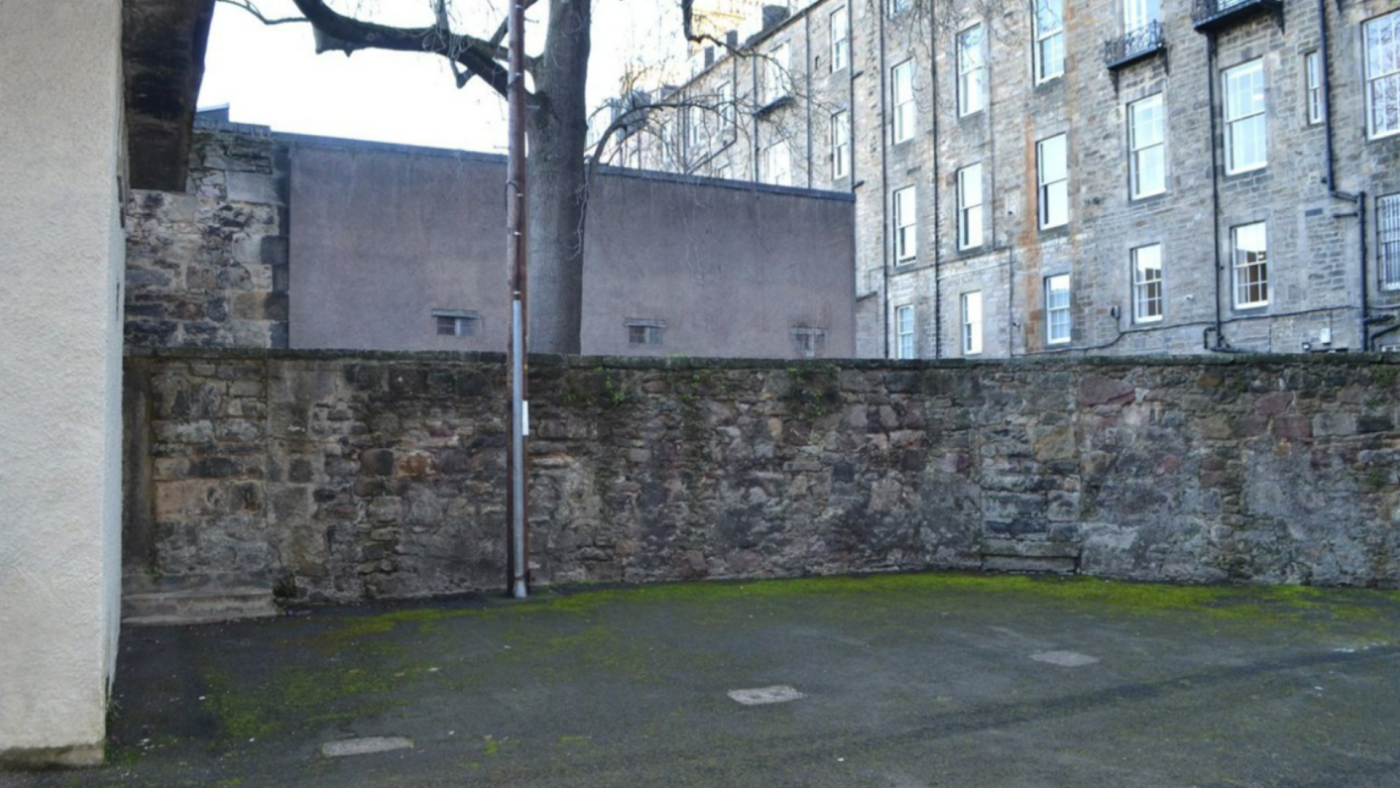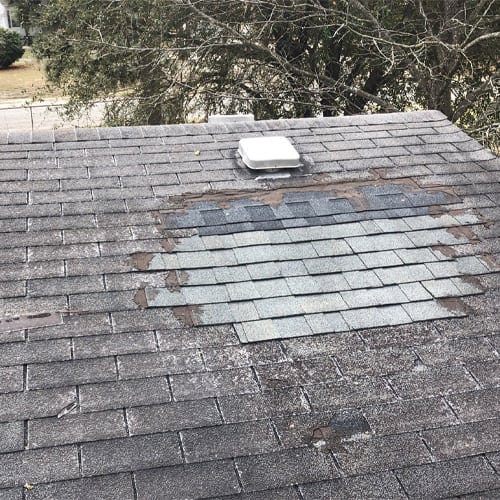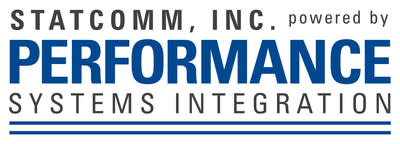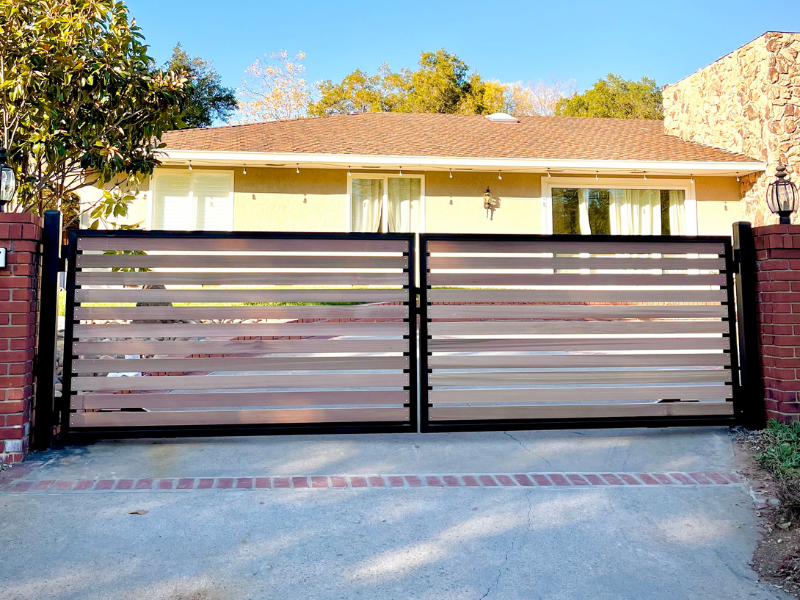… and Sunday will be automatically discounted at 30% of normal fare. … their existing Maha cards directly at the automatic gates without the … Read More Call Now 800.576.5919 Newark Jersey City Paterson Elizabeth Lakewood Township Edison Woodbridge Township Toms River Hamilton Township, Mercer County Trenton Clifton Cherry Hill Brick Township Camden Bayonne Passaic East […]
Yesterday, Gawler Mayor Karen Redman said she intended to write to Transport Minister Tom Koutsantonis suggesting automatic pedestrian gates be … Read More Call Now 800.576.5919 Newark Jersey City Paterson Elizabeth Lakewood Township Edison Woodbridge Township Toms River Hamilton Township, Mercer County Trenton Clifton Cherry Hill Brick Township Camden Bayonne Passaic East Orange Union City Franklin […]
Automatic Gate and Door Opening System Market was valued at US$ 10.13 Bn. in 2021 and it is expected to reach US$ 17.24 Bn. Read More Call Now 800.576.5919 Newark Jersey City Paterson Elizabeth Lakewood Township Edison Woodbridge Township Toms River Hamilton Township, Mercer County Trenton Clifton Cherry Hill Brick Township Camden Bayonne Passaic East […]
Mayor calls for more automatic gates. There are no automated pedestrian gates at the station — a situation that Gawler Mayor Karen Redman would … Read More Call Now 800.576.5919 Newark Jersey City Paterson Elizabeth Lakewood Township Edison Woodbridge Township Toms River Hamilton Township, Mercer County Trenton Clifton Cherry Hill Brick Township Camden Bayonne Passaic East […]
Beyond passport details, automated barriers at borders will take and … Italy has said it will increase the number of automated gates in all its … Read More Call Now 800.576.5919 Newark Jersey City Paterson Elizabeth Lakewood Township Edison Woodbridge Township Toms River Hamilton Township, Mercer County Trenton Clifton Cherry Hill Brick Township Camden Bayonne Passaic […]
The spaces are accessed through an automatic electric gates systemCredit: Rightmove. Prospective buyers are promised parking spots five, … Read More Call Now 800.576.5919 Newark Jersey City Paterson Elizabeth Lakewood Township Edison Woodbridge Township Toms River Hamilton Township, Mercer County Trenton Clifton Cherry Hill Brick Township Camden Bayonne Passaic East Orange Union City Franklin Township, Somerset […]
The Complete Guide to Maintaining Automatic Gates for Homeowners: Would you like to make your home more secure?… byPromagzine Desk. Read More Call Now 800.576.5919 Newark Jersey City Paterson Elizabeth Lakewood Township Edison Woodbridge Township Toms River Hamilton Township, Mercer County Trenton Clifton Cherry Hill Brick Township Camden Bayonne Passaic East Orange Union City Franklin […]
We also install and service automatic gates, doors, and access control systems. Scroll to continue with content. Ad. ADVERTISEMENT. Read More Call Now 800.576.5919 Newark Jersey City Paterson Elizabeth Lakewood Township Edison Woodbridge Township Toms River Hamilton Township, Mercer County Trenton Clifton Cherry Hill Brick Township Camden Bayonne Passaic East Orange Union City Franklin Township, […]
Dave Olson is an automatic gate designer and installer who has worked on projects of all sizes in and around Calgary for many years. Read More Call Now 800.576.5919 Newark Jersey City Paterson Elizabeth Lakewood Township Edison Woodbridge Township Toms River Hamilton Township, Mercer County Trenton Clifton Cherry Hill Brick Township Camden Bayonne Passaic East […]
Perform Regular Automatic Gate Inspections. As soon as you have an automatic gate installed, it will be vital for you to inspect it every so often. Read More Call Now 800.576.5919 Newark Jersey City Paterson Elizabeth Lakewood Township Edison Woodbridge Township Toms River Hamilton Township, Mercer County Trenton Clifton Cherry Hill Brick Township Camden Bayonne […]



